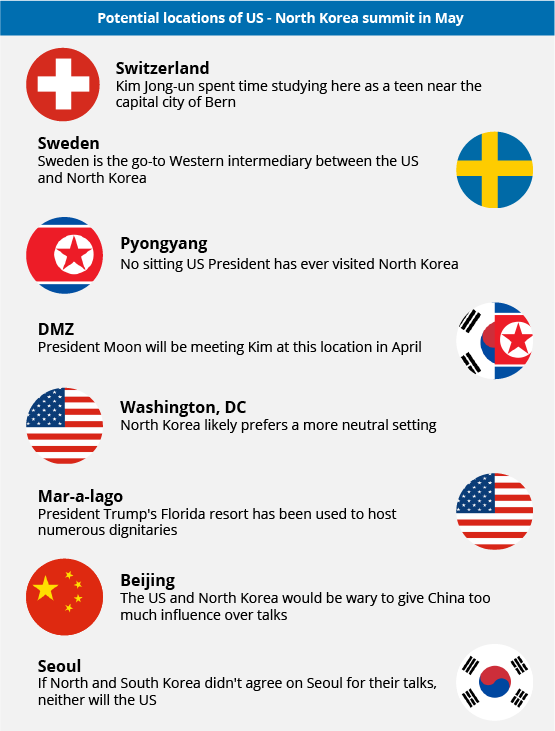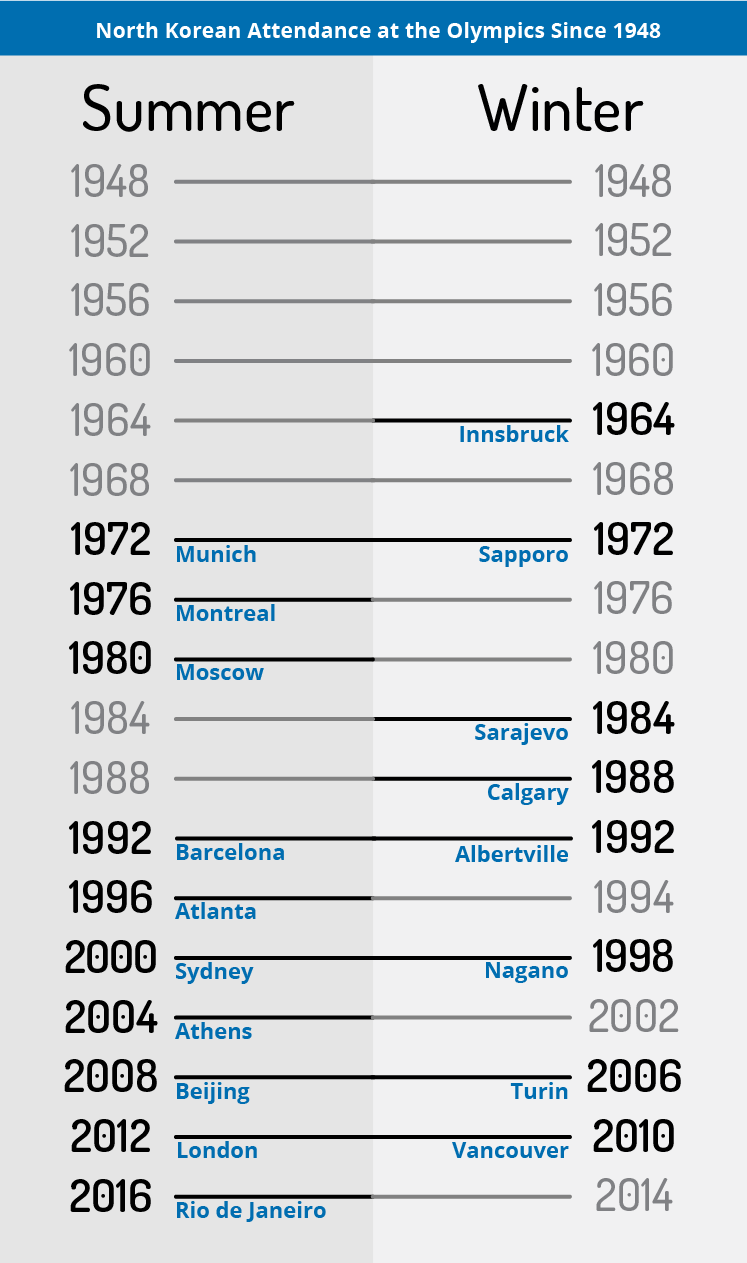Executive Summary
During the early morning hours of April 14, the US, UK, and France fired more than 100 cruise missiles against Syrian government facilities in Homs Province and near Damascus.
The strikes are likely an effort by the West to deter the Syrian government from further use of chemical weapons, as well as to send a message to Iran and Russia, amidst their perceived expansion across the Middle East.
The attacks are unlikely to significantly impact the Syrian conflict on-the-ground in the long-term, given pro-government forces’ overall superiority over rebel forces.
While tensions will increase between the parties, an escalation of hostilities between Russia and the West remains unlikely at this time.
Iranian-backed groups may target US interests and allies across the region over the coming days.
We advise against all travel to Damascus and Aleppo, given the general threat of indiscriminate aerial bombardment and artillery shelling from government forces as well as attacks by various militant groups. Attacks by rebel forces may include the use of rocket propelled grenades, suicide bombings, and mortar attacks.
Current Situation
During the early morning hours of April 14, the US, France, and the UK conducted multiple strikes against Syrian military facilities across Syria, with approximately 120 cruise missiles fired at these targets.
The strikes, which were carried out from naval vessels in response to the suspected chemical attack by the Syrian government against the town of Douma on April 7, targeted government military facilities in Homs Province and the Damascus area. Near Damascus, US Tomahawk missiles hit Kiswah Military Base, Mezzeh Airbase, Dumayr Airbase, as well as a scientific research facility in Barzeh District. In Homs Province, the attacks, which involved the UK’s Shadow Storm cruise missiles, targeted a scientific research facility in Qusayr District. At the time of writing, while French forces also carried out missile attacks, their exact targets and scale are yet to be known.
According to pro-government forces, the Syrian Arab Army’s (SAA) air defense systems intercepted the “majority of the US fired missiles at the Damascus’ area”.
While at the time of writing the exact number of casualties is unconfirmed, according to pro-government media outlets, three civilians were wounded as a result of the attack.
US Secretary of Defense James Mattis stated,“Right now, this is a one-time shot”. UK Prime Minister Theresa May stressed that there was “no practicable alternative to the use of force”. However, May also stated that the strikes were not about “regime change”.
The Russian Foreign Ministry Spokesperson condemned the missile attacks. The spokesperson further stressed that there were no Russian casualties as a result of the strikes.
Assessments & Forecast
Assessments: Strikes likely symbolic and meant to deter Syrian government from further use of chemical weapons, send message to Moscow, Tehran
The strike highlights our previous assessments that the Western response to the chemical weapons attack will be localized and target facilities linked to the use of chemical weapon, although they were larger than last year’s US response to the Khan Shaykhun incident. The use of cruise missiles, which allow attacking targets from a standoff distance, was likely meant to avoid any potential risks associated with operating in or near Syrian government airspace.Because the strikes hit research centers and storage facilities, the West’s response will likely impede the short-term capabilities of the Syrian government to use chemical weapons. However, in the medium-term, particularly in light of recent reports that the Syrian government transferred some of their weapons and forces away from multiple bases, these capabilities were likely not be significantly damaged and it is therefore possible that further attacks using chemical agents may be witnessed across Syria over the coming weeks and months.
In spite of the still relatively limited scope of the strike, the West’s operations in Syria are likely symbolic and meant to deter the Syrian government from using such weapons, especially because of the large number of targeted bases and installations. The strikes also aim to prevent the “normalization” of the usage of chemical agents across the globe, as these type of weapons had been used persistently throughout the Syrian conflict. Despite the low likelihood that many missiles were actually intercepted, if at all, these claims by the Syrian government, as well as the lack of significant casualties among pro-government forces, will likely be capitalized on to bolster its image among its troops and supporters across the country. Coupled with the aforementioned assessments regarding the potential for further chemical attacks by the SAA, the strikes’ deterrence impact will also be limited.
Globally, the development comes amidst an uptick in tensions between the West and Russia over Moscow’s perceived aggressive policies across the globe. These include Russia’s intervention in Ukraine, alleged interference in elections in Western countries, as well as most recently, the suspected attempted assassination of a Russian national in the UK. The West likely used these attacks to deter Moscow from engaging in further actions perceived as hostile towards the West and its allies. In the Middle East, the strikes occurred amidst growing concerns among Western allies, chiefly Israel and Saudi Arabia, regarding Iran’s growing regional influence, including in Syria. The Western strike against Tehran’s important ally, is likely an attempt to intimidate Iran and send a message that its actions are not unnoticed.
Assessments: Strikes unlikely to impact on-ground situation in medium-to long-term; retaliation by Iranian-backed elements against US interests, allies possible across region
FORECAST: In the short-term, the US-led operations may slightly impact the situation on-the-ground in the vicinity of the targeted facilities. In addition to hindering their operational capabilities, the strikes also led pro-government forces to reportedly transfer some of their weapons and vehicles away from bases. This now forces them to redeploy and reorganize. During this period of time, rebel forces may exploit the possible disarray from the strike and launch assaults on government-held territories and capture some areas from the Syrian government. This is especially likely on fronts near targeted facilities, such as the rebel enclave in the Dumayr area, northern Daraa Province, and northern Homs Province. Nonetheless, in the medium- to long-term, given the strikes’ limited scale and overall superiority of pro-government forces vis-a-vis rebel forces, the developments are unlikely to significantly impact the situation on-ground, with the SAA and its allies likely reversing any possible short-term gains by rebel forces.
The attack by the US, France, and the UK does not represent a shift in the West’s policy regarding the Syrian conflict. This is highlighted by the statements of these countries’ officials that the strikes are a singular, isolated response. However, should the use of chemical weapons persist, additional missile strikes, as well as air raids to a lesser degree, may reoccur over the coming months, targeting the Syrian government’s military facilities.
The operations are liable to increase the already heightened tensions between Moscow and the West. However, particularly given the lack of reports about Russian casualties as a result of the missile attacks, an escalation of hostilities between Russia and the US, UK, and France remains highly unlikely at this time. Instead, Moscow’s response will focus on diplomatic measures against these three countries, such as sanctions. This assessment is highlighted by the April 13 bill by Russia’s Duma to implement sanctions on US alcohol, tobacco, and agro-products. Additionally, cyber attacks by Russian hackers against government institutions in the UK, US, and France may also be witnessed over the coming days.
The events are unlikely to have a significant impact on regional dynamics as a whole. However, it remains possible that a localized retaliation by pro-government forces and Iranian-backed militias will take place against US troops and their backed forces in Syria, such as the Syrian Democratic Forces (SDF) in northeastern Syria and factions within the Free Syrian Army (FSA) in southern Homs Province. Should this occur, it will likely include mortar fire and IED detonations. Attacks against US interests may also occur in Iraq, where such actions have occurred in the past. Iranian-backed elements throughout the region may also seek to target countries that are considered Western allies. This mainly includes Saudi Arabia, as the Shiite Houthis may be directed by Tehran to intensify their ballistic missile attacks deep in Saudi territory. Additionally, albeit to a much lesser degree, it cannot be ruled out that Iranian-backed groups, such as Hezbollah and some Palestinian factions, will target Israel, including in the form of IED and anti-tank guided missile attacks against Israel Defense Forces (IDF) troops along the border with Syria.
Recommendations
We advise against all travel to Damascus and Aleppo, given the general threat of indiscriminate aerial bombardment and artillery shelling from government forces as well as attacks by various militant groups. Attacks by rebel forces may include the use of rocket propelled grenades, suicide bombings, and mortar attacks.
Those remaining in Damascus should ensure that contingency and emergency evacuation plans are updated due to the potential for further deterioration in the security situation. Avoid all travel to outlying areas of the city given the persistent threat of militancy.
Avoid all travel to outlying areas and cities including Daraa, Homs, Hama, and Idlib due to persistent fighting and heightened risk of kidnapping targeting foreigners, particularly in combat zones and rebel held areas.
Those seeking to enter Syria are advised to confirm the status of their crossing points and final destinations, remaining aware of recent kidnapping incidents and the nature of military forces deployed in those areas.

